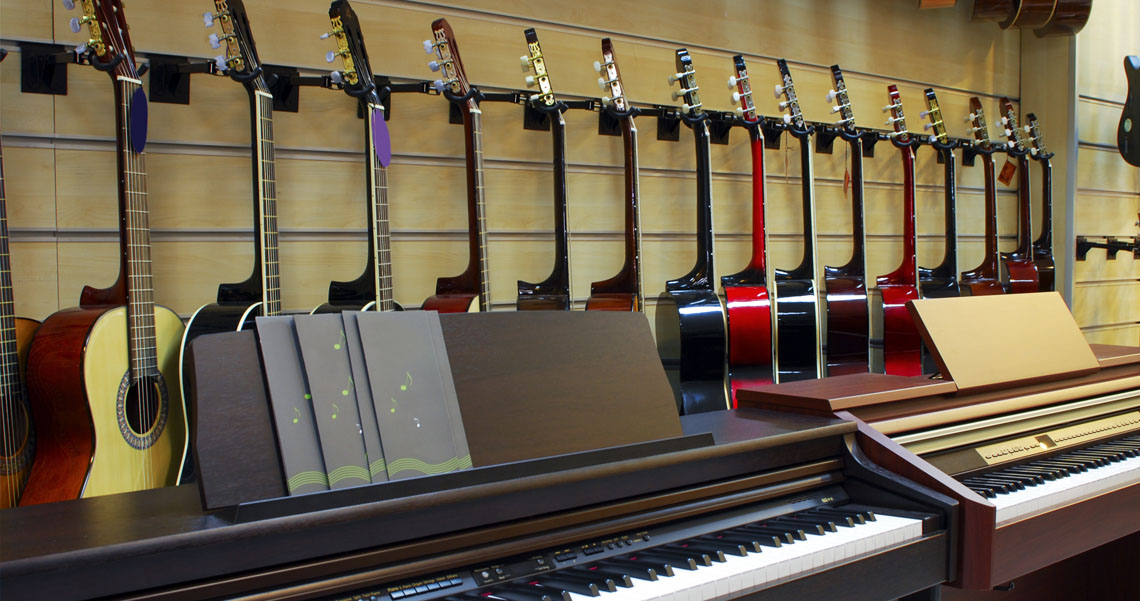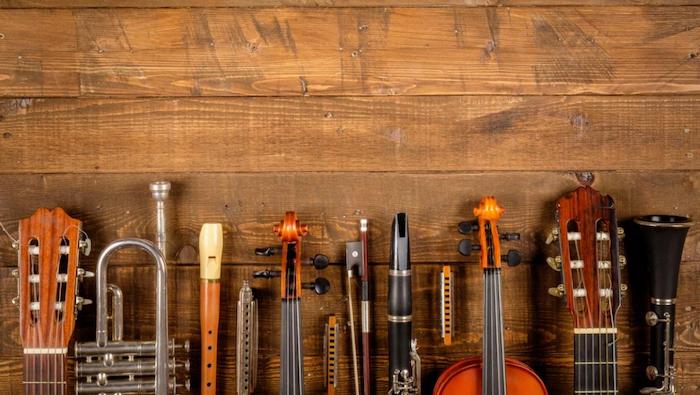Minds On
What's a stereotype?
Stereotypes can influence thoughts and behaviour. Companies will sometimes use stereotypes in their advertisements to appeal to specific audiences. Explore the following questions and if possible, share your thoughts with a partner.
- How would you define “stereotype”?
- What are some common examples of stereotypes?
- How do stereotypes affect people?
Examine the following definition of stereotype:
A stereotype is a category, or a group, that we put people into. When we stereotype, we think of a group and we give everyone in that group certain characteristics.

Advertisement research
On your own or with a partner, search online for advertisements for children’s games and clothing. These advertisements can be print ads, television commercials, or radio commercials. Take note of anything that you notice about the strategies used to advertise for these items.
Next, reflect on following questions:
- Who is presented in the advertisements?
- Did you notice specific elements used in the advertisements (e.g. phrases, slogans, design)
- Who was the target audience? How do you know?
Action
Stereotypes in advertisements
Advertisements will use gender stereotypes. The advertisement will work to convince the audience that the products are more appealing to a specific group.

Gender stereotyping might include categorizing interests, hobbies and professions. For example, an advertisement might include a young boy playing with trucks and cars. Another advertisement might include a young girl playing with dolls or drawing.
The problem with stereotypes is that these stereotypes can separate people into specific groups and excludes others. Everyone has different interests, hobbies and should be allowed to explore what they enjoy.
Let’s explore the ways advertisements might reinforce gender stereotypes. Research a variety of print, audio, or video advertisements for games or clothing. Identify the features of each advertisement:
- Design (how is the advertisement made? e.g., text, colours, phrases, background, music, etc.)
- Product (what is the product?)
- Subject (who is presented in the advertisement?)
Try to identify examples of gender stereotypes. Consider the following questions:
- How would you describe games or clothing marketed to girls?
- How would you describe games or clothing marketed to boys?
- How would you describe games or clothing marketed to children?
Record your work using the following graphic organizer or another method of your choice.
Complete the Ads Analysis Table in your notebook, or using the following fillable and printable document to record the gender stereotypes that you identify in the ads you explore.
| Ad description: | Ad description: |
| Ad description: | Ad description: |
| Ad description: | Ad description: |
| Ad description: | Ad description: |
| Ad description: | Ad description: |
Complete Ads Analysis Table. in your notebook or using the following fillable and printable document.
Press the ‘Activity’ button to access the Ads Analysis Table.
Reflection
Based on the ads you explored reflect on the following questions:
- Do you think children’s advertisements help shape gender stereotypes?
- How might these advertisements exclude people?
Consolidation
Make changes
Select one of the advertisements you explored in the Action section. How could you change the elements of an existing advertisement to remove the stereotype of a specific group?
If the advertisement was gender neutral, how would the elements of the advertisement change to make it more inclusive?
Article discussion

Let’s review excerpts from Robbie MacKay’s (2019) article, “Let’s change the ‘flutes are for girls, drums are for boys’ stereotype.” In the article, MacKay discusses the unfortunate habit of thinking that there are “feminine” and “masculine” instruments. How do we help break down this barrier?
Access the following link to read Robbie MacKay’s article:

Press TVO.org to access Let’s change the ‘flutes are for girls, drums are for boys’ stereotype.
TVO dot org (Opens in a new tab)Stop and reflect
Part 1
Examine the following excerpt from Robbie MacKay’s article:
“In 2019, surely we are past the days in music class where boys were shunted to drums and trombone while girls were pushed toward flute and choir? Not necessarily so.
Music researchers have consistently found what musicians, music educators, parents, and students may have anecdotally noticed: many people have gendered associations with particular instruments related to instruments’ pitch and timbre or to their role and size. And these gendered associations shape both people’s perceptions of the gender identity and social role of musicians and of what instruments people should choose.”
Source: https://www.tvo.org/article/lets-change-the-flutes-are-for-girls-drums-are-for-boys-stereotype
In this excerpt, MacKay (2019) mentions that many people have “gender associations” with particular instruments because of their sound, role in a musical ensemble, as well as their size. Reflect on the following question:
- Do you think the gender associations limit or improve our choices in life?
If possible, reflect with a partner.
Part 2
Let’s review another excerpt from Robbie MacKay’s article:
“Some challenging practices that interrupt the formation of gender stereotypes are needed. One of the most effective is providing students with a variety of musical examples or role models.
Exposing students to images of both male and female musicians playing varied instruments or in varied musical roles has been shown to be effective. But, beware: simply showing what might be thought of as counter-examples (only girls playing drums, for instance) runs the risk of creating an equally strong gender bias that’s been shifted from the prevalent one.
Any lifelong musician can tell you the benefits of making music. We talk about enhancing self-esteem, self-regulation, and academic achievement and building community, among other benefits. But let’s not forget the joy and needed self-expression that music making also brings.
It’s a shame when children miss out on these many benefits either because somebody pushes them in the wrong direction because of who or what they appear to be or because encouragement and efforts to break down stereotyping are lacking or ineffective.”
Source: https://www.tvo.org/article/lets-change-the-flutes-are-for-girls-drums-are-for-boys-stereotype
In this excerpt, MacKay (2019) discusses the ways we can interrupt the formation of gender associations or stereotypes. Consider the following questions:
- What are the examples he provides?
- Can you think of other ways we can challenge gender stereotypes?
Defining important terms

Think about the term “gender neutral.” How would you define it? You can use your notebook or a method of your choice to record your ideas for the definition.
Examine the following example of a definition to gather some ideas:
Gender neutral – Refers to the idea that policies, language, and other social institutions (social structures, gender roles, or gender identity) do not distinguish roles according to people’s sex or gender.
Review your learning
Reflect on the advertisements you analyzed for potential gender stereotyping. Take a moment to consider the following questions:
- What did you learn from the process?
- Have you ever been told that you couldn’t do something because of the gender you identify with?
Use a method of your choice to record your response.
Reflection
As you read through these descriptions, which sentence best describes how you are feeling about your understanding of this learning activity? Press the button that is beside this sentence.
I feel...
Now, record your ideas using a voice recorder, speech-to-text, or writing tool.